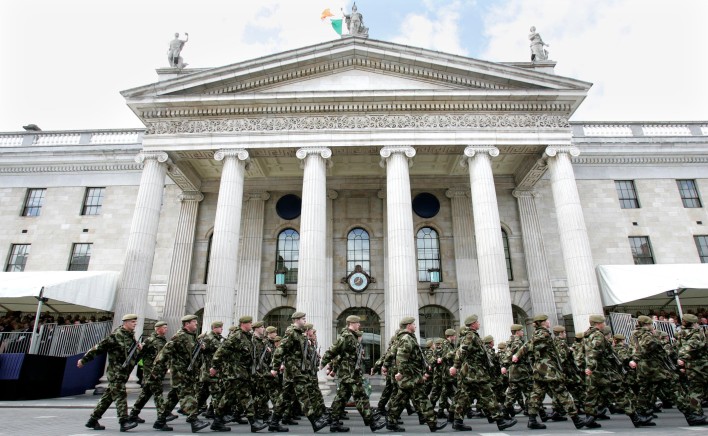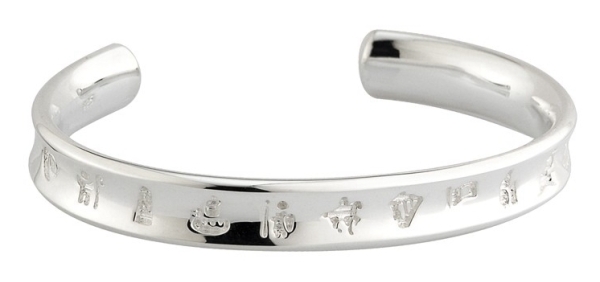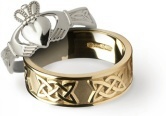Blog Categories
Blog CategoriesHistory of Ireland – General Post Office

The General Post Office has huge significance this year with a programme of events around the country and abroad to commemorate the centenary of 1916 and there is no better time to think about purchasing a piece of ladies or gents jewelry to commemorate this most important Irish event.
So what is the significance of the GPO? The Republic of Ireland was proclaimed from the General Post Office at the start of the Easter Rising, in 1916. The building was almost destroyed by fire and the rising was militarily a failure. The subsequent execution of the leaders of the rising provoked great anger, the Easter Rising thus triggered the War of Independence, which eventually brought about the setting up of the modern Irish State.
The GPO is on O’Connell Street in the center of Dublin and its Georgian quarter. It has been the headquarters of Ireland’s postal service for over 150 years and is one of the most important buildings in Dublin – and in Ireland.
On Easter Monday in 1916, Irish rebels – the Irish Volunteers - who were led by Padraig Pearse and James Connolly, occupied the GPO and used it as their base. They were armed and joined by members of the Irish Citizen Army. Pearse read out the Proclamation of Independence where crowds gathered and standing at the front of the GPO, he declared Ireland to be a Republic.
After an initial peaceful start, fighting grew very fierce and bloody and lasted for almost a week. During this much of the center of Dublin was completely destroyed including much of the GPO. A fire raged inside and it became impossible for the men and women of the 1916 Rising to remain inside. They went on to try to fight based in different buildings around Dublin but it was impossible and Pearse declared that and the others were surrendering against the British forces.
Under the new Government, the reconstruction of the GPO began in 1925 and the new building reopened in 1929. Today there is a bronze statue in the GPO to honor the soldiers involved in the 1916 Rising. It is called The Death of Cuchulainn by Irish sculptor Oliver Shepard. The story of the sculpture centers around the tale of Cuchulainn, who was wounded in battle and tied himself to a pillar so that he could face his enemies when he died. It was only when a raven landed on his shoulder that his enemies dared to approach him.
 |
| History Of Ireland Collection |
The History of Ireland collection includes beautiful sterling silver bracelets, rings, bangles, pendants, cufflinks and necklaces. These pieces are truly unique as each of them includes twelve symbols that depict the history of Ireland. An engraving of the GPO is included in each of these sterling silver pieces. The other symbols include a Circle of Life, which is a Celtic swirl; St. Patrick, the patron saint of Ireland; round towers, a symbol of the history of Christianity in Ireland and a Viking ship, again marking that important time in history.
The Norman invasion of Ireland is also represented, as is the Battle of the Boyne. A harp is used to represent the United Irishmen and the Irish flag is included. The tragedy of the Famine is depicted, as are Famine ships and another map of Ireland to show partition. These beautiful pieces of jewelry manage to tell the history of the country in a discreet and elegant way.
Whether at home or abroad, anybody with Irish heritage or an interest in Irish heritage will appreciate a gift from the History of Ireland collection.
